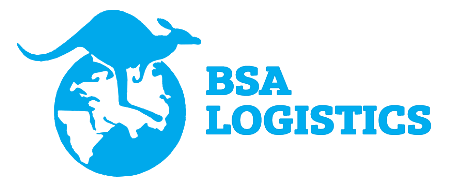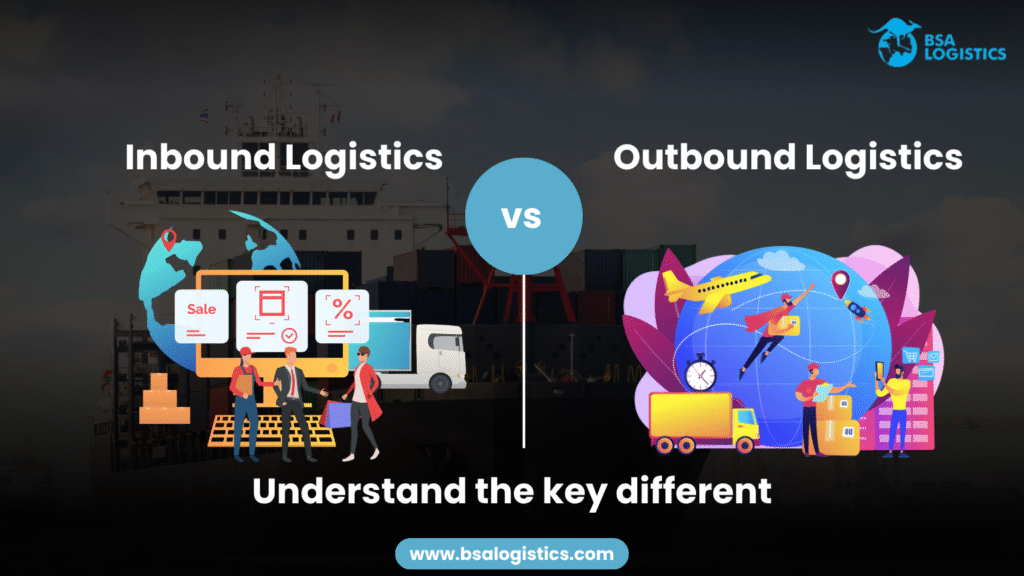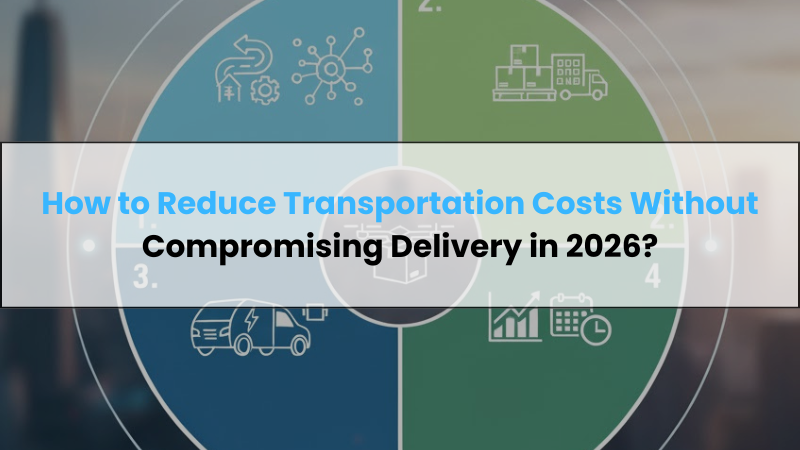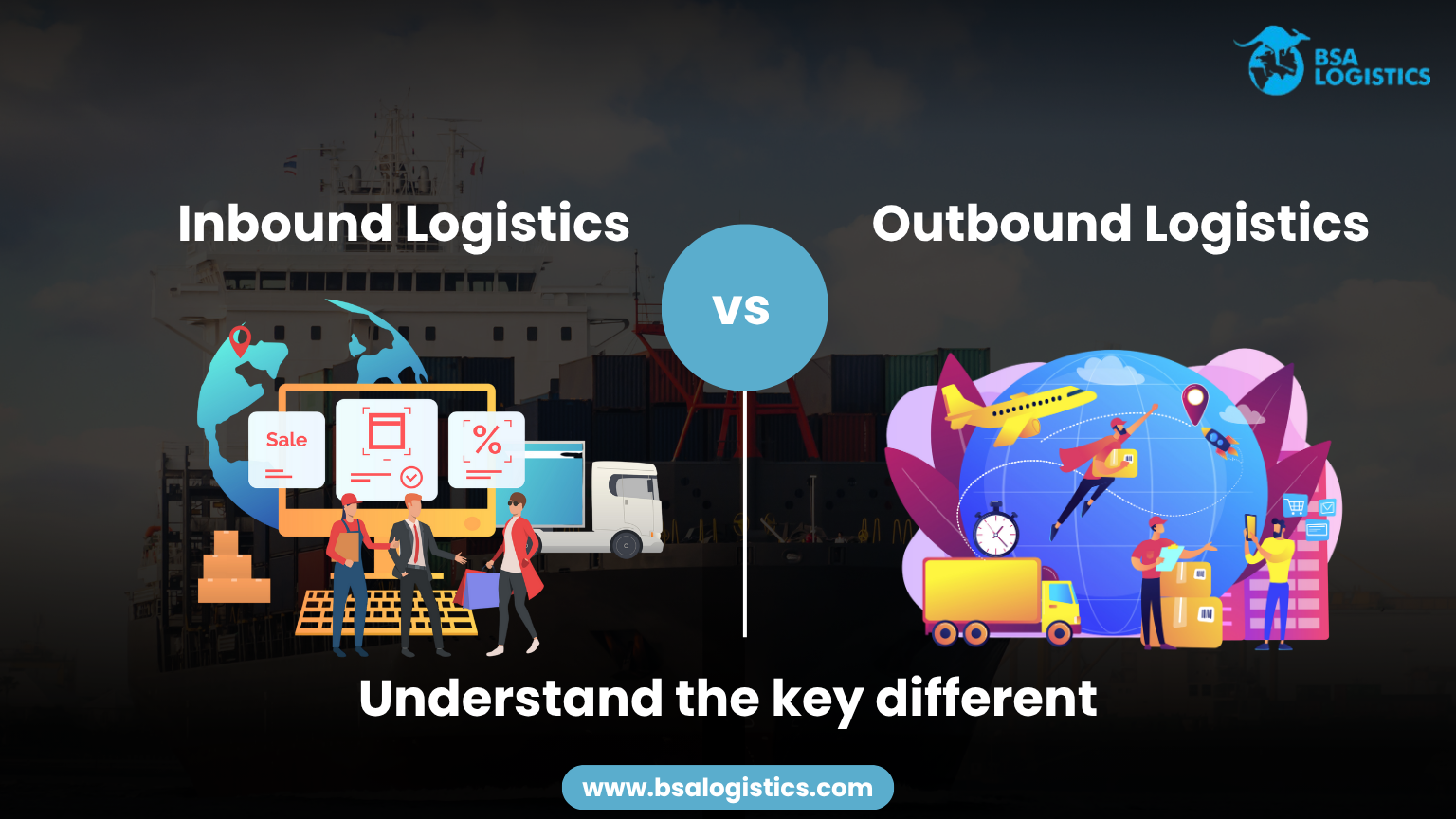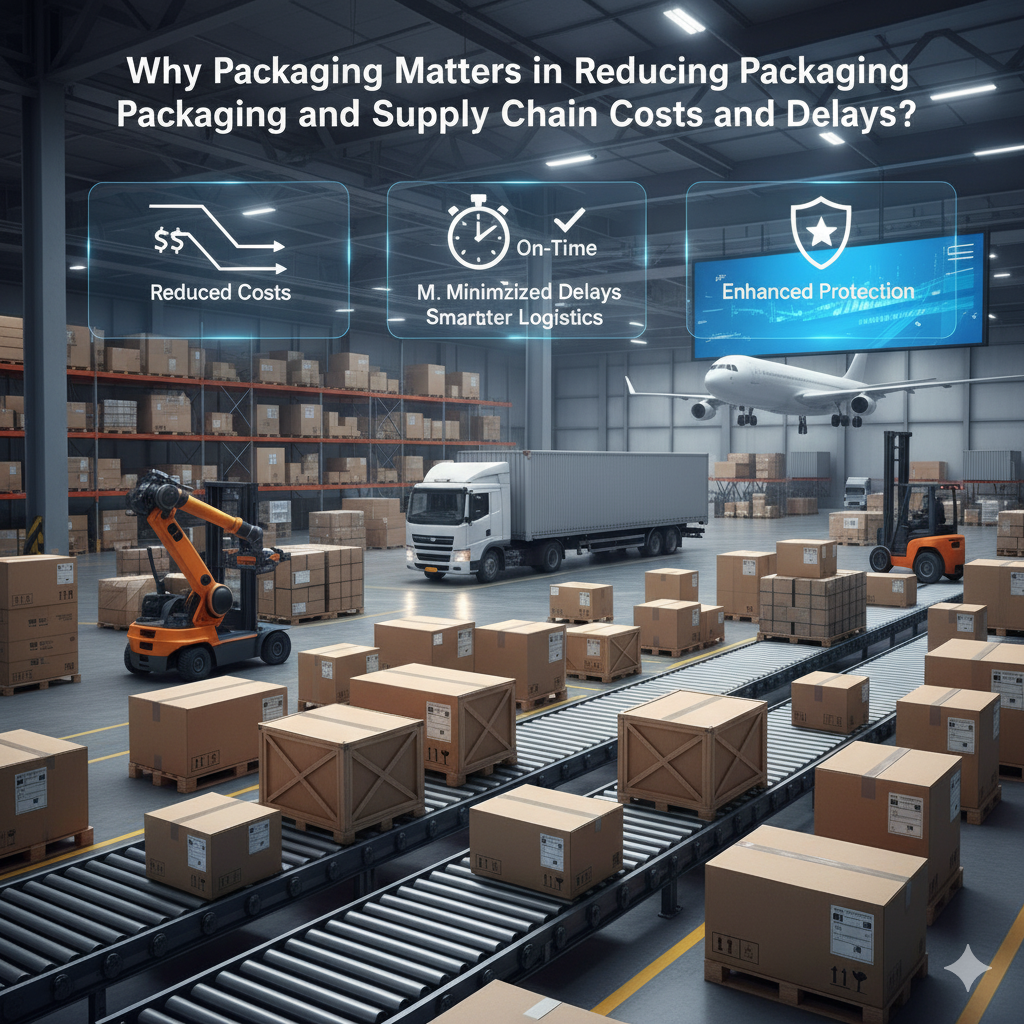A business that wants to ensure smooth operations of the supply chain must focus on the logistics. This aspect includes various activities that are needed to ensure the on-time delivery of the goods to the right customers. When it comes to the types, logistics is categorized into inbound and outbound logistics and transport services in Delhi. In inbound logistics, activities related to sourcing, receiving, and even storing the raw materials are included. On the other hand, outbound logistics is the process that is focused on picking, packaging, transporting, and delivering the goods to the end-users. In simple terms, inbound logistics receives goods and outbound logistics manages delivery. To ensure an efficient supply chain, these two logistics types should work in sync.
In case you need detailed information about the inbound and outbound logistics, keep on reading this post to understand the difference and related aspects.
An overview of inbound logistics
This is the logistics that includes the flow of materials and goods from the suppliers to your facilities. It generally entails the buying, receiving, and storage of the goods. The objective of this logistics is to ensure that all raw materials reach the facility in the right condition on time. This is needed to support the production units and other operations of the supply chain.
Inbound logistics is all about the supply-chain scenario. Hence, it affects the operational efficiency, customer satisfaction, and inventory management. Lastly, when the inbound logistics process is streamlined, it will reduce the operational costs and maintain the right product quality.
Talking about the steps involved, you can check out the following points:
- Sourcing & procurement: This is the first thing that is included in this logistics. In general, it includes choosing the suppliers for raw materials. Furthermore, it also involves the procurement or purchase of the materials selected at the best prices while maintaining the quality and quantity.
- Transportation: Once the supplier is selected, you will need to opt for reliable transport services in Delhi to arrange shipments. When the material arrives, check if they are as per your requirements.
- Inventory management: This step includes controlling, managing, and keeping a check on the stocks so that the demand of customers can be fulfilled. It will also involve forecasting the market demand.
- Reverse logistics: It manages the return of the items from the customers to the warehouse. Once the item reaches the retailer or supplier, refurbishing and recycling will be done.
- Storage and warehousing: When recycling is not needed, the next thing that you will need to do is store the items in the warehouse. They should be stored properly as per the type, size, and other aspects.
A brief introduction to outbound logistics
Another crucial part of the logistics is outbound logistics. It involves the process of managing the distribution of final products. This process encompasses activities such as picking, packing, and transporting goods to the customers. This logistics ensures on-time and safe delivery. Outbound type of logistics has a direct impact on customer experience, satisfaction, and retention.
With the correct outbound process, a business can reduce overall shipping costs, decrease lead times, and improve the quality of services. In the supply chain, outbound logistics has a leading role to play, as it can bridge the gap between the raw materials, the warehouse, storage, and more.
Here are some more details about the outbound logistics:
- Order processing: This is the very first step of this logistics type. It begins with order receiving and validating. After this, you will need to check whether the ordered item is available in the inventory. If it is available, you will need to prepare the final invoice for shipments.
- Packing and labeling: Once the invoices are ready, orders will be picked and packed. After this, they will be placed in the adequate containers with proper labelling for easy identification during transit.
- Transportation: This will include the right type of transport services in Delhi, such as road, rail, sea, and air. After deciding on the same, the shipment will be scheduled.
- Last-mile delivery: This means the delivery process where products are handed over to the customers at their doorstep. It will further include route planning, real-time shipment tracking, and managing the expectations of the customers.
- Reverse logistics: This will include the handling of items that are returned by the customers for any reason. In this outbound logistics, several aspects are included, like inspection of the product, processing refunds, and managing related activities.
What is next?
Inbound logistics and outbound logistics are different but interconnected. They are essential for the success and effectiveness of supply chain management. Therefore, by knowing these areas well, you can easily optimize them for your business to gain better outcomes. In case you are searching for a trusted logistics and transportation service provider, you can connect with BSA Logistics to gain a competitive edge.
